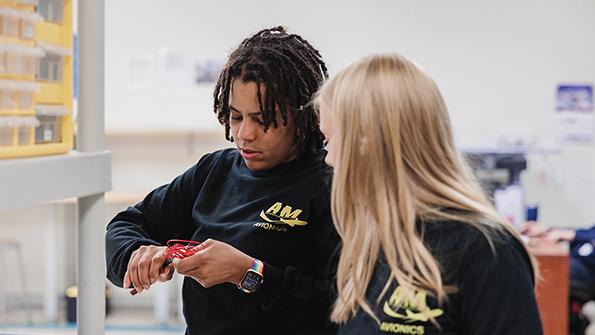Opinion: MRO Leadership Should Champion Women Technicians

Women make up less than 3% of the aviation maintenance technician workforce in the U.S.
Credit: Aviation Institute of Maintenance
There is a certain romanticism associated with aviation: visions of sleek jets soaring through the clouds, the thrill of takeoff, the satisfaction of a job well done and releasing an aircraft from maintenance. However, the reality on the hangar floor often tells a different story, one where the...
Opinion: MRO Leadership Should Champion Women Technicians is part of our Aviation Week & Space Technology - Inside MRO and AWIN subscriptions.
Subscribe now to read this content, plus receive full coverage of what's next in technology from the experts trusted by the commercial aircraft MRO community.
Already a subscriber to AWST or an AWIN customer? Log in with your existing email and password.




